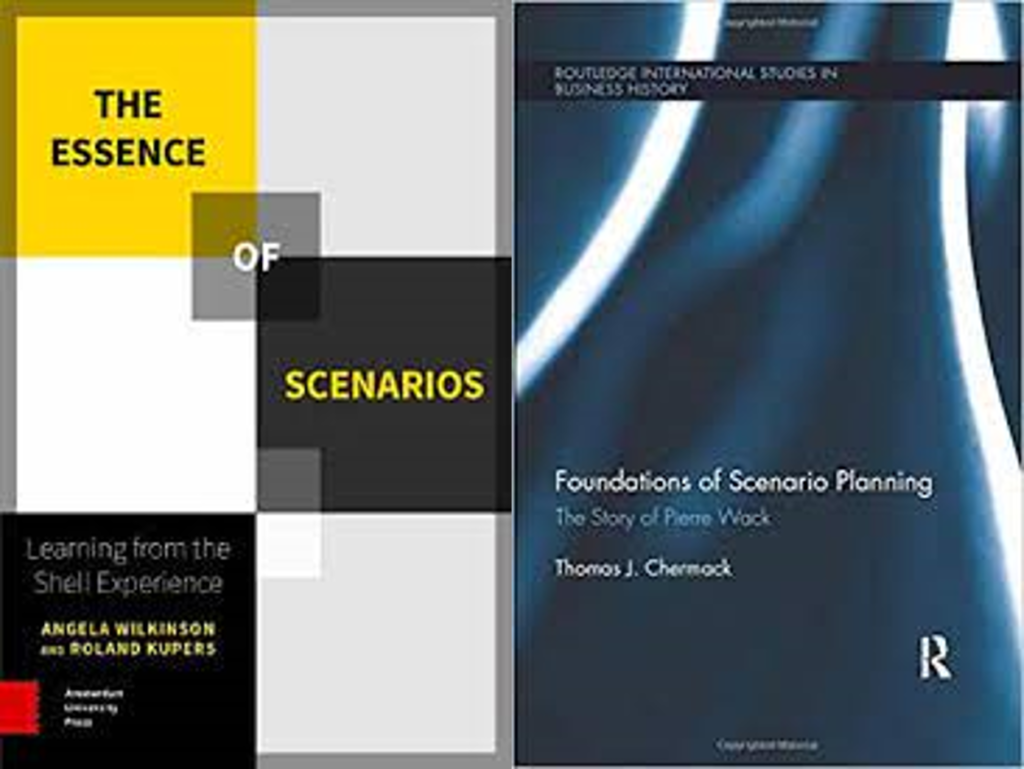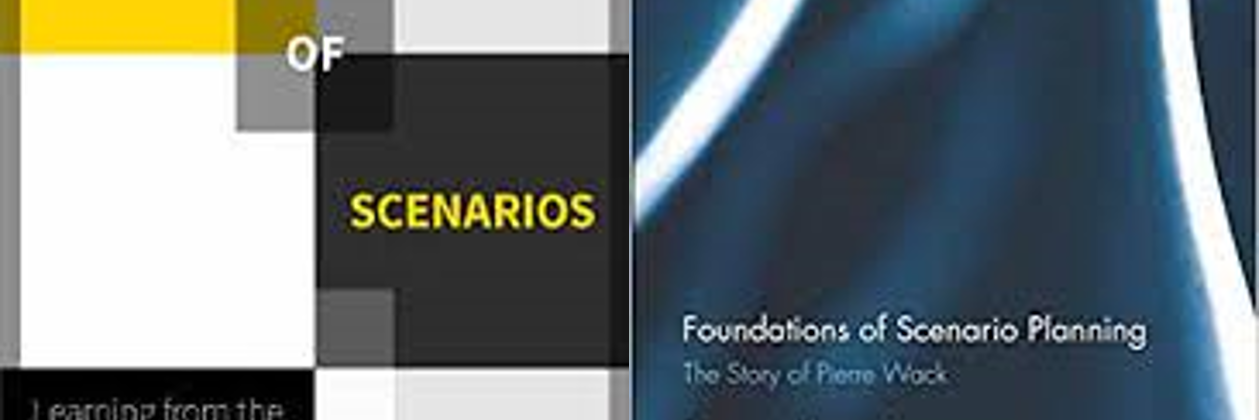I just finished Wilkinson and Kupers’ very nice “The Essence of Scenarios: Learning from the Shell Experience,” which reviews went through the history of scenario planning at Shell. And within the last year I enjoyed Chermack’s Foundations of Scenario Planning: The Story of Pierre Wack, which focused on the central role of Pierre Wack at Shell. What great and valuable lessons from history.

History helps ground us in “reality.” These peeks behind the Shell curtain, for example, should help us all feel a little better. Shell has rightfully earned a place as the gold standard in the foresight world for their continuous 50-year commitment to scenarios and the future. That is amazing and to my knowledge unparalleled commitment. But it wasn’t all bunnies and rainbows for them …. either. The scenarios capability had its ups and downs. It had the typical struggles with legitimacy, senior management acceptance, and even several geographies remained skeptics. Wilkinson noted that the function was almost discontinued three times.
A second valuable contribution of history is in providing us with a more nuanced understanding of how change actually happens. At Houston Foresight, we’ve been gathering historical scenario sets to see how the domains or topics they mapped actually evolved over time. We are testing some ideas about potential patterns involving scenario archetypes and the three horizons. More on that later. But one thing has popped loud and clear: domains are generally changing slower than we thought. If change is slower, and if there are patterns in how the change is taking place, it sure does behoove us to know our history!!!
Full disclosure: I double-majored in history and political science before getting my Master’s at the University of Houston Foresight Program, which I share mostly to fist-bump my co-conspirators with this background! – Andy Hines

Leave a Reply